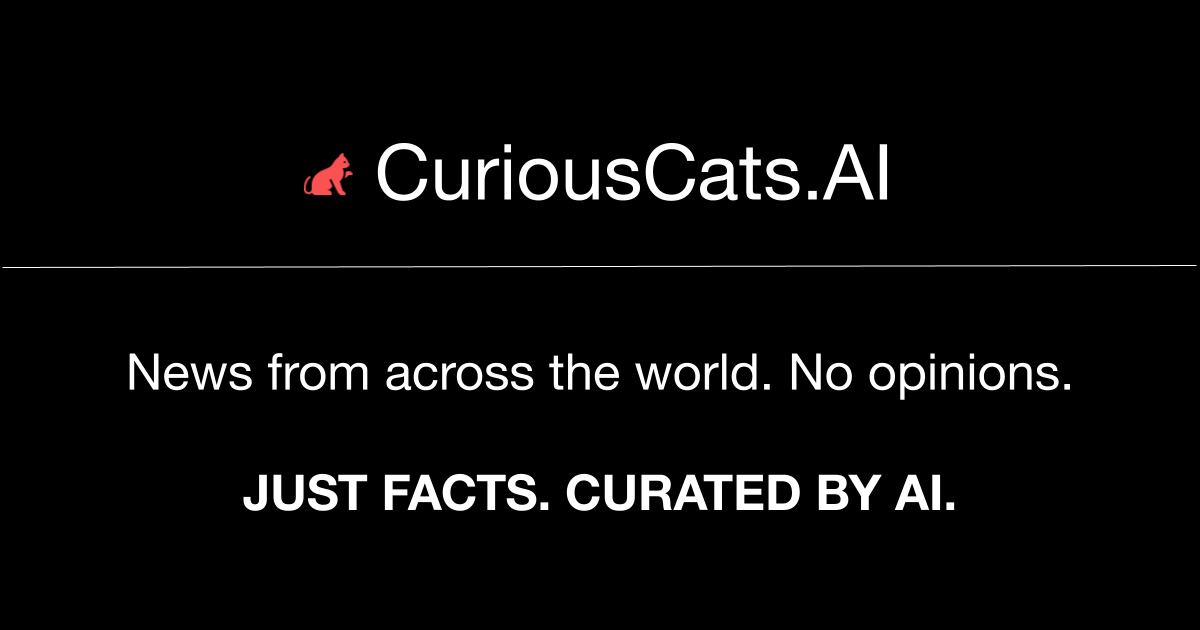Multimodal AI: Revolutionizing Data Processing and Enhancing Business Insights
- Multimodal AI has emerged as a solution to the limitations of traditional single-modal AI systems, which typically focus on one type of data, such as text or images. By integrating various data types, such as text, images, audio, and sensor data, multimodal AI enables industries to gain deeper insights and produce more accurate outcomes.
- One significant advantage of multimodal AI is its ability to enhance prediction accuracy. For instance, combining satellite images, historical climate data, and real-time sensor data can lead to more precise weather forecasts, showcasing the model's capability to analyze complex situations.
- Multimodal AI also improves user experiences by providing more personalized interactions. Virtual assistants, for example, can offer better responses by integrating text, voice, and contextual data about the user's environment, leading to a more relevant and engaging experience.
- Despite its benefits, multimodal AI faces challenges, particularly in ensuring that each data type contributes meaningfully to the overall analysis. A project involving a retail client highlighted this, where integrating customer feedback, product images, and audio clips required careful data fusion techniques to ensure effective interpretation.
- Real-world applications of multimodal AI include Google DeepMind’s Flamingo, which handles visual-language tasks, and Microsoft’s Seeing AI, designed for visually impaired users. These applications demonstrate the versatility and potential of multimodal AI across various sectors.
- Businesses looking to implement multimodal AI should focus on developing a strong data strategy, ensuring that the data collected is relevant, high-quality, and diverse. This foundational step is crucial for successful integration and leveraging the full potential of multimodal AI.
- In conclusion, multimodal AI represents a significant advancement in data processing, enabling organizations to unlock new opportunities for innovation and improved decision-making. As this technology evolves, it will continue to bridge the gap between disparate data types, driving the next wave of AI advancements.
The sources of this summary are listed below. Click to view.
Condense into Facts

 www.forbes.com
www.forbes.com
